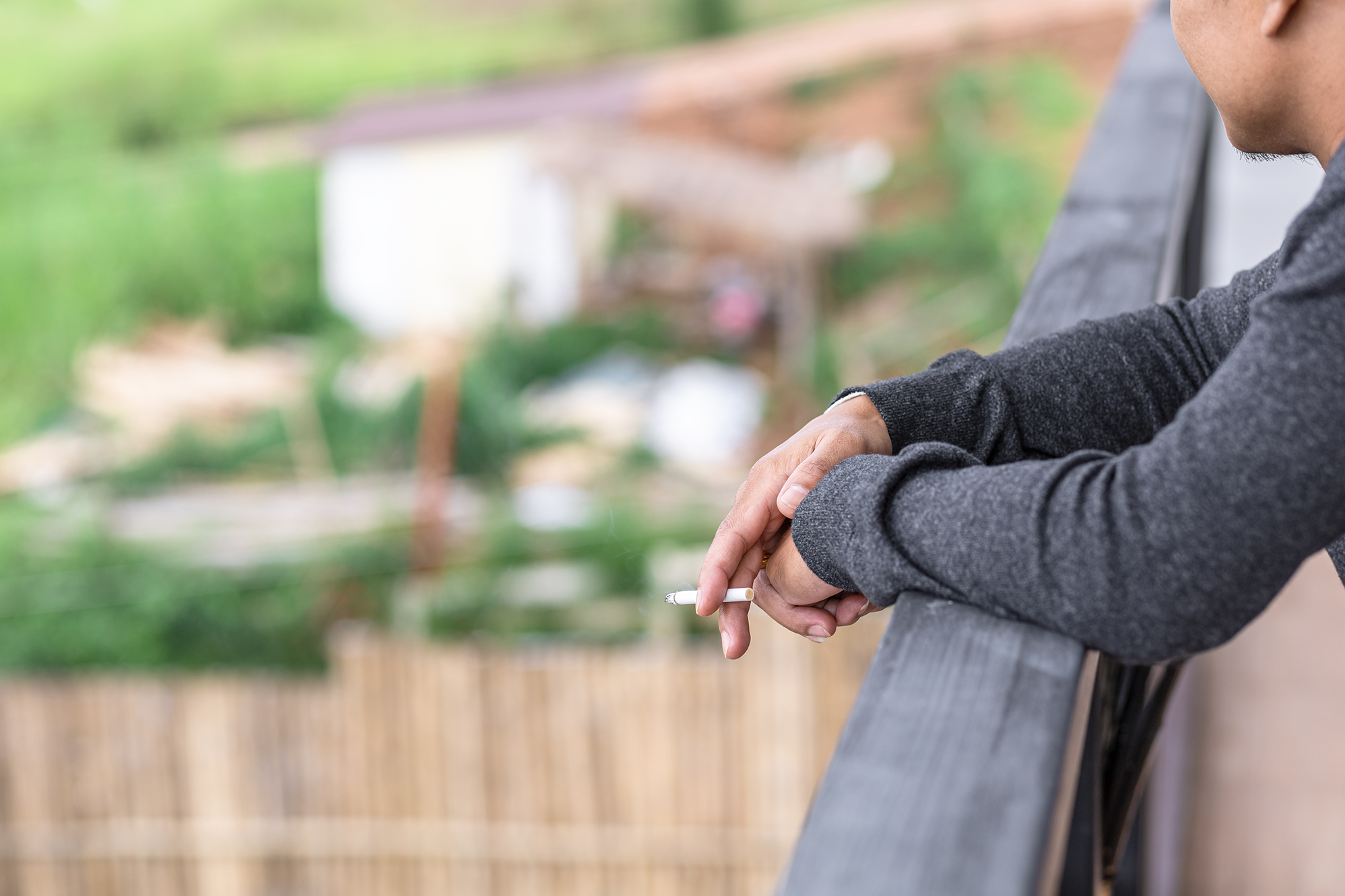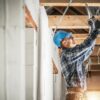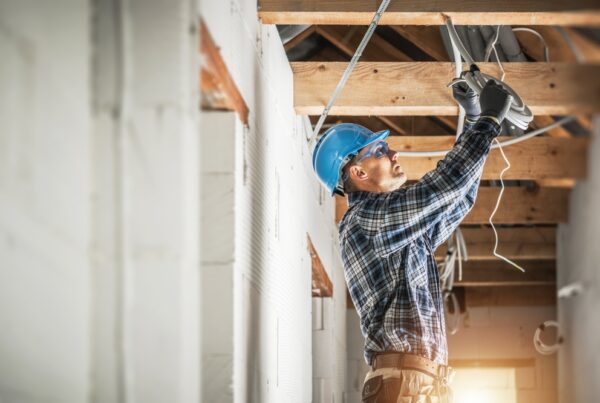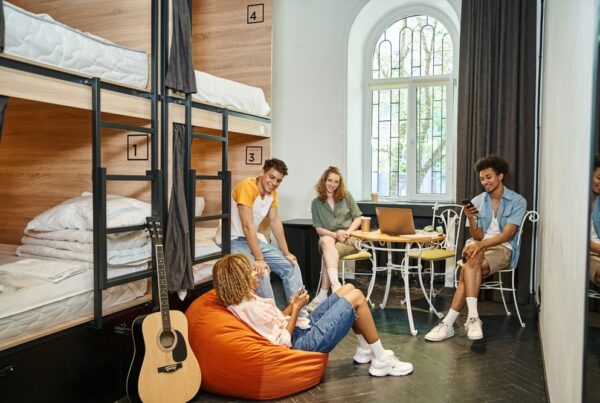It is estimated that in Australia in 2017, 1,714 deaths and 43,102 years of healthy life lost (disability-adjusted life-years) were attributable to secondhand smoke. Three of the deaths were among infants under age one.

When one establishes smoke-free housing, you’re protecting far more than the home from possible damage or improving the chances of a higher home appraisal. Smoking inside a house creates secondhand smoke (SHS), which can seep through air ducts and cracks, or travel through a shared ventilation system into another person’s living space.
Better health/better housing
The choice to smoke indoors doesn’t only harm the smoker. It affects everyone. The home is the primary location where many children and adults breathe in secondhand smoke, and as the third leading cause of preventable disease and a leading cause of acute and chronic disease, SHS can have a long-term impact on residents living in multiunit housing (apartments, townhouses, etc.).
Second-hand smoke not only causes discomfort and annoyance, but it is also a serious health hazard. SHS has more than 7,000 chemicals, 70 of which are known to cause cancer. It also contributes to a variety of other health problems, including increasing the risk for heart attack and stroke; exacerbating asthma and causing coughing, upper respiratory (lung) infections in children.
There is no safe level of exposure to secondhand smoke; even air filtration and similar types of other ventilation systems do not eliminate the health hazards caused by second-hand smoke. Air sealing and modifications to ventilation can reduce, but not completely eliminate, smoke drift from apartments where residents smoke indoors. Studies measuring air-nicotine concentrations and particulate matter have shown that air pollution increases in homes and common areas located adjacent to areas where smoking occurs. This is because smoke can easily spread via gaps in door and window jambs, mechanical ventilation and air conditioning systems, elevator shafts, hallways, stairwells, cracks in walls, balconies and courtyards. There is also evidence to suggest that residents living on higher floors in multi-level apartment buildings may be at risk of increased levels of secondhand smoke exposure, as smoke tends to accumulate at higher floors.
While some residents may adopt voluntary smoke-free home rules, they may still be exposed to SHS if the complex or multiunit building doesn’t have a no smoking policy in place. Adopting smoke-free policies as a body corporate and/or homeowner in multiunit housing helps protect everyone from being exposed to SHS. At present, the only means of effectively eliminating the health risks associated with indoor exposure is to ban smoking activity.
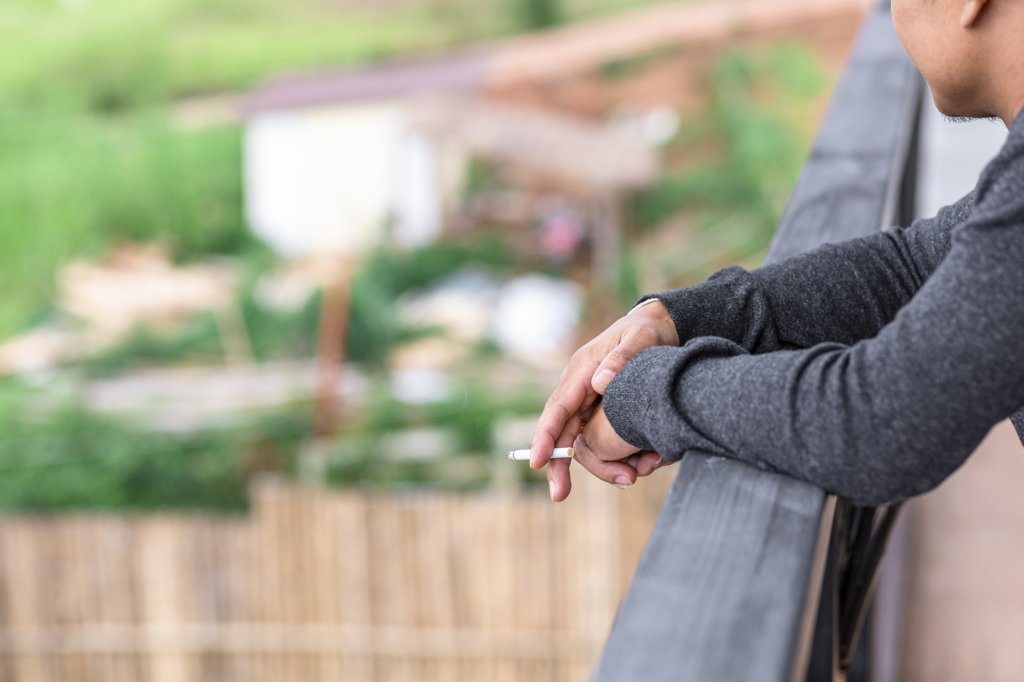
The preferred choice
The overwhelming majority of people looking to buy or rent prefer smoke-free housing. Research shows that more than 91 per cent of applicants prefer living in a smoke-free environment. And as parents take a closer look at the dangers of second-hand smoke, smoke-free housing is becoming a higher priority for many. Since 2001, the overall number of children exposed to SHS has decreased by 53 per cent. In addition, the percentage of children exposed to SHS in rented homes decreased from 12.6 per cent in 2001 to 5.1 per cent in 2005.
Properly protected
While smoking is banned in enclosed common or shared areas of multi-unit housing in several Australian states and territories, private living areas are generally exempt from these bans. However, it may be possible for bodies corporate to agree to adopt their own by-laws or rules banning smoking in both common areas and private living areas.
In 2011 the owners of a block of apartments in Ashfield, Sydney agreed to a by-law banning smoking anywhere within the building and on balconies, making the building the first multi-unit dwelling in Australia to become 100 per cent smokefree. Furthermore, in the case of Solerno v Proprietors of Strata Plan No 42724,i the Supreme Court of New South Wales confirmed the validity of a by-law adopted by an owners corporation which banned smoking on common property and within any private living area.
Where a body corporate does not adopt its own set of rules or by-laws, the ‘model rules’ or ‘model by-laws’ set out in the relevant state/territory regulations will apply. In most jurisdictions, the model rules or by-laws include a general provision prohibiting residents or visitors from causing a ‘nuisance’ or ‘hazard’ to other residents. Although such provisions do not specifically refer to smoking, it may be possible for residents to rely upon these general provisions to prevent others from smoking on common property or even in private living spaces.
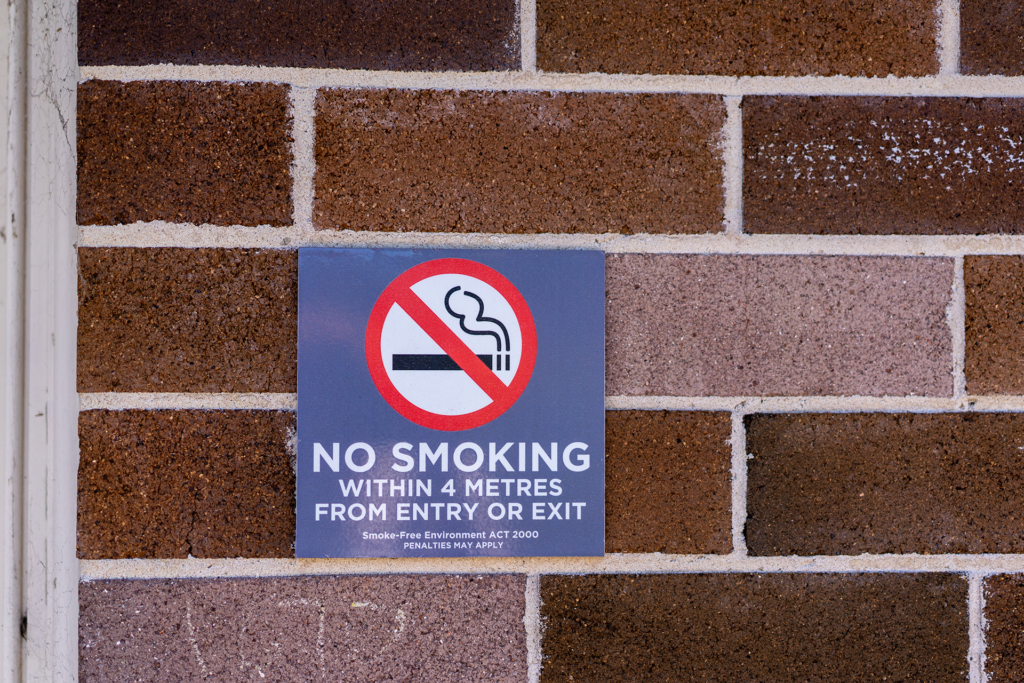
Given that general nuisance or hazard provisions have been applied inconsistently between jurisdictions, a review of strata laws in Australia has recommended that State and Territory governments reform their strata laws to provide clear legislative recognition that secondhand smoke may be considered to be a nuisance or a hazard. The review recommends that state and territory model by-laws include a specific rule addressing smoking, and that owners corporations being given explicit powers to make by-laws that regulate or completely ban smoking.
New South Wales and Victoria are currently the only Australian jurisdictions with model by-laws which specifically address the issue of smoking in multi-unit housing.
In NSW, model by-laws are contained in the Strata Schemes Management Regulation 2016 (NSW) and include a ‘tier’ of by-laws regarding smoking from which the body corporate can choose. Where a body corporate has not made a selection between the tiers, the ‘default’ tier will apply. The ‘default’ by-law prohibits smoking on common property, but not in private living areas. However, under the default by-law an owner or occupier has an obligation to ensure that smoke from a private living areas does not penetrate common property or any other private space.
In Victoria, the model by-laws (known as the ‘model rules’) are contained in the Owners Corporations Regulations 2018 (Vic). From 1 December 2021, the model rules include a specific rule addressing smoking, which requires a lot owner or occupier in a multi-level development to ‘ensure that smoke caused by the smoking of tobacco or any other substance…on the lot does not penetrate to the common property or any other lot.’ There is no similar rule for single-level developments.
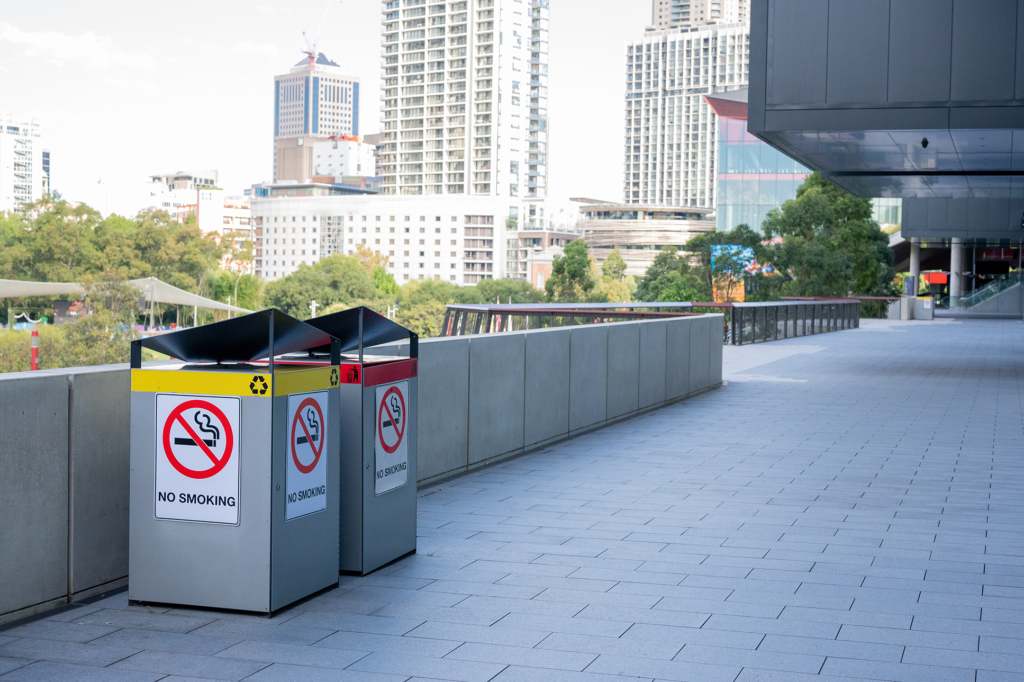
In 2013 the Queensland Government commenced a review of Queensland’s property laws and considered (among other matters) the issue of smoke infiltration. A final report was released in 2017, and recommended:
“A by-law prohibiting smoking in an outdoor area that is part of a lot (including balconies, courtyards, etc) or on common property (including common property subject to an exclusive use by-law) should be enforceable against lot owners and occupiers if: the original owner includes the by-law in the schedule of by-laws attached to the first community management statement (CMS) for the scheme; or the body corporate adopts the by-law by a resolution without dissent. Aside from this different threshold required to adopt the by-law, a no smoking by-law will be added to the CMS and enforceable in the same way as any other by-law for the scheme. Amending or removing a no smoking by-law will also require a resolution without dissent.”
While there is still no model by-law specifically addressing smoking in Queensland, a decision handed down in December 2021 by the Office of the Commissioner for Body Corporate and Community Management (‘the OCBCCM’) appears to confirm that smoking can amount to a contravention of the general ‘nuisance’ provision contained in the Body Corporate and Community Management Act 1997 (Qld) (‘the BCCM Act’).
The Australian Capital Territory recognised smoke-drift in multi-unit developments as part of its work on restricting places of tobacco use and in 2018, the ACT Government released a fact sheet recommending using existing by-laws in the Unit Titles (Management) Act 2011 to address smoke drift that prohibit hazards or nuisances, or the mechanism whereby a body corporate can move to amend rules.
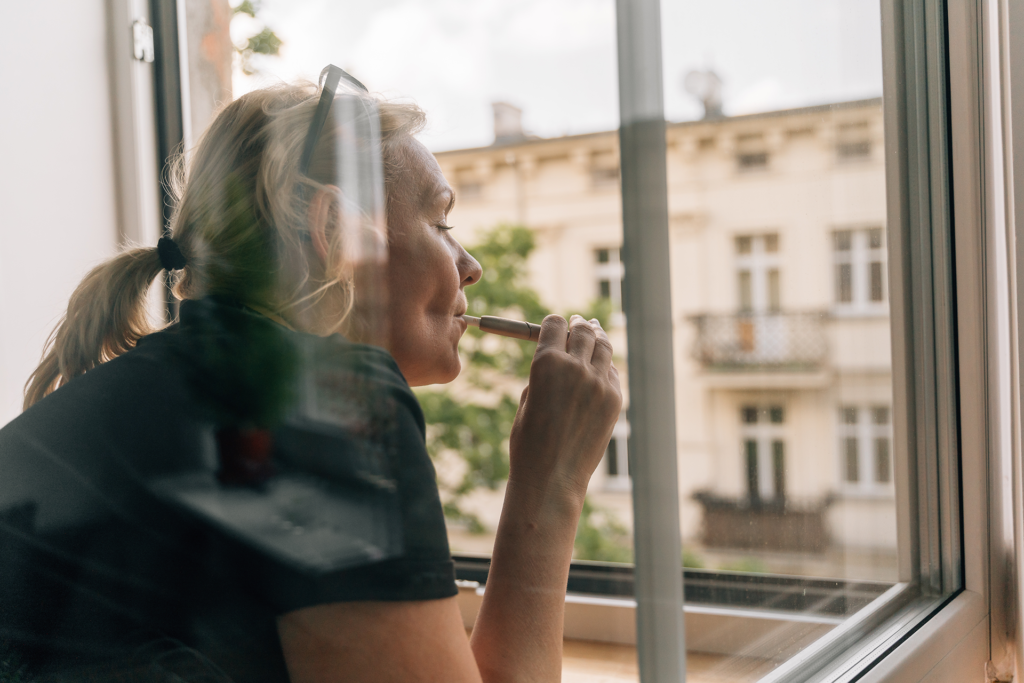
Smoke-free policies can help property managers and owners protect their residents’ health and their real estate investment. Property owners, managers and residents can all benefit from a smoke-free policy. Much like smoke-free policies in workplaces and other sites with public access, establishing a smoke-free policy does not ban someone who smokes from living there. It just requires that all residents abide by the policy while on the property.
